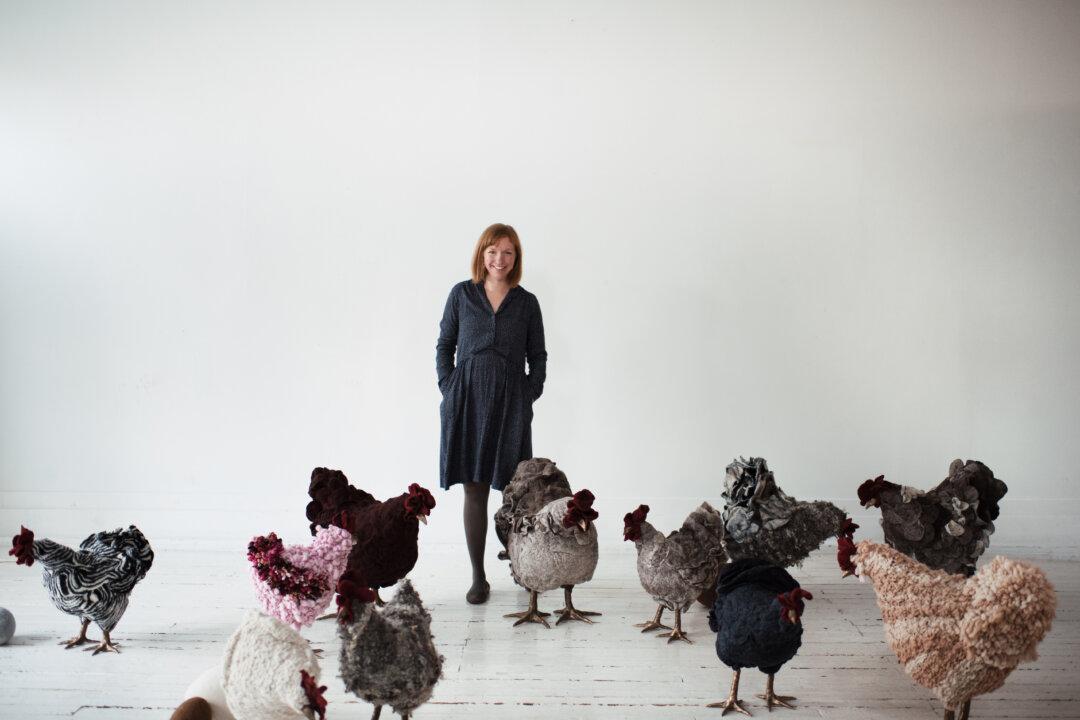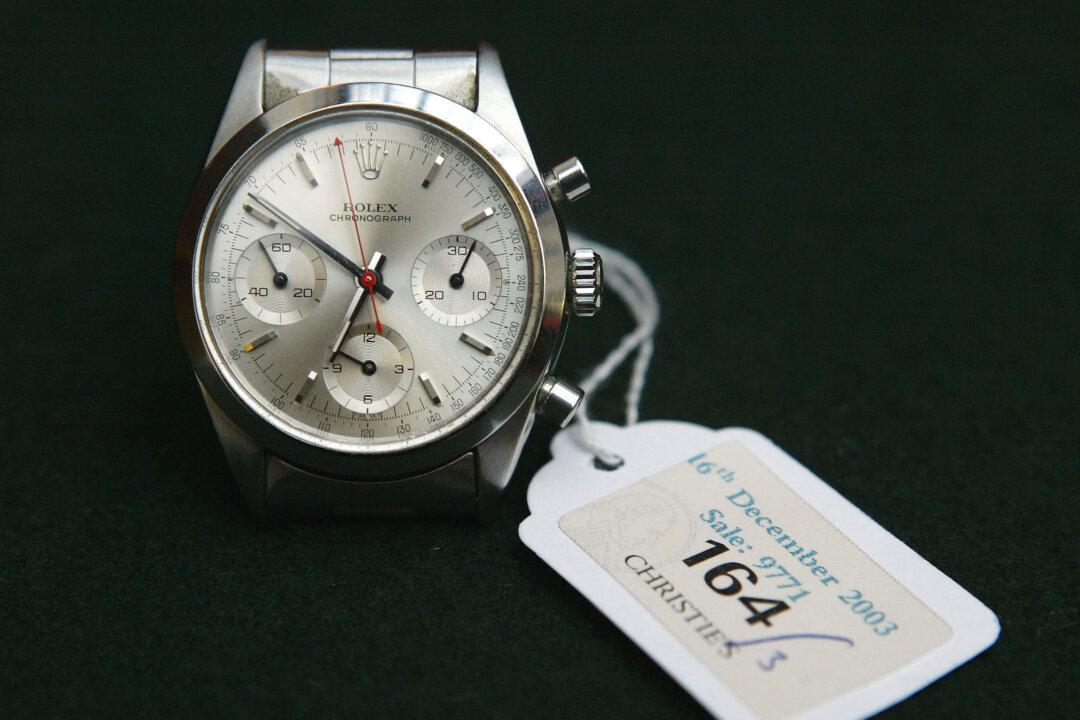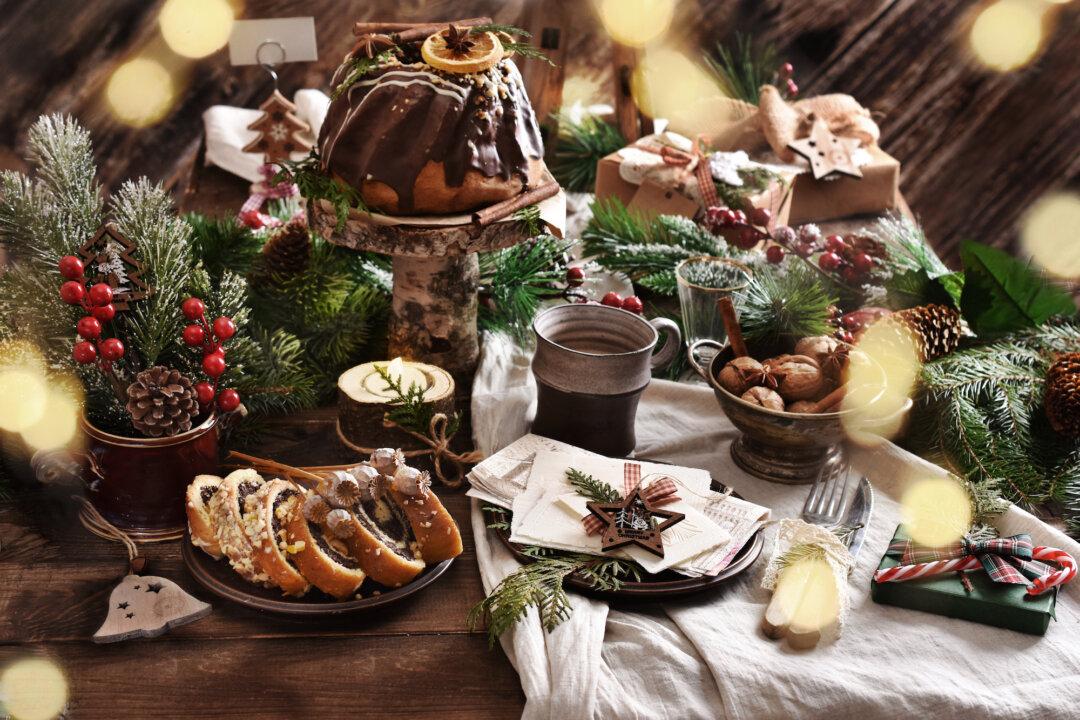According to Sally Jane Linville, the egg came first.
Well, at least it does at The City Girl Farm studio in Kansas City, Missouri, where Linville has perfected what she calls “the art of chickening.” Just peeking through the window, you'll receive a warm and whimsical welcome from a flock of beautiful, larger-than-life chicken sculptures. Meticulously designed and handcrafted from wood, bronze, and wool, these sculptures are, in fact, luxury footstools.





